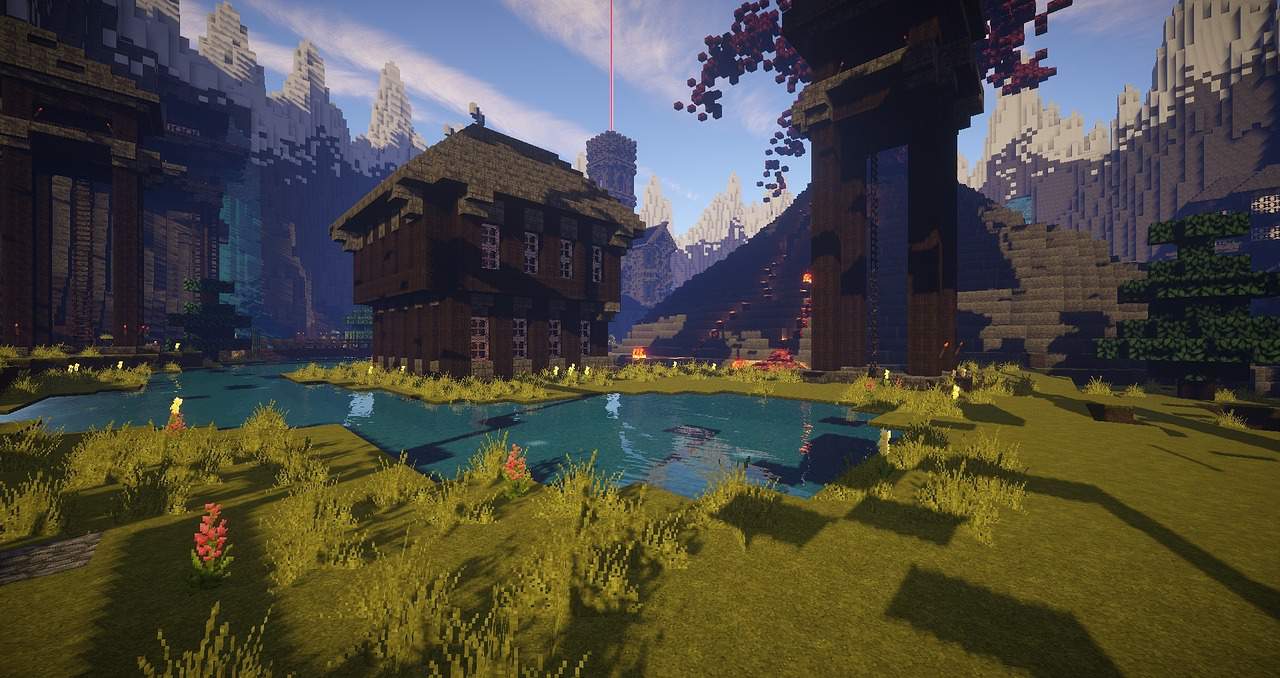

Its advanced networking features let you set up and administer elaborate virtual networks for VMs. The software allows for virtual machine open standards, providing the ability to create and run VMs from competing vendors within the VMware product.

It permits advanced 3D solutions by supporting DirectX 11 and OpenGL 4.1, eliminating image and video degradation within the VMs even when using graphics-intensive applications. Its robust set of functions covers many virtualization needs. With almost 20 years on the market, VMware Workstation is often considered the industry standard for virtual machine applications. For now, GP102, GP104, TU102, TU104, and GA102 GPUs are supported, and the capability works on Linux and with KVM virtual machine software.The default configuration may require changes. The code for the vGPU unlocker is available at Github, and the principle behind it is fairly simple: it replaces the device id of a graphics card with a device id of an officially supported GPU that has the same feature set. Nvidia's vGPU software does not support most client GPUs. Nvidia did recently open up GPU passthrough via a driver update, but this only allows a single VM to access the GPU, whereas full vGPU support allows multiple VMs to share the same GPU. But this capability requires a lot of software to work properly (i.e., how companies that buy workstations expect it to) and validation with ISVs since virtualized GPUs are in many cases used for professional applications.Īll of these things cost money, so vGPU support comes at a price, and Nvidia has a handful of expensive Tesla, Quadro, and some other GPUs it recommends for virtualization (partly because it does not make a lot of sense to validate a broad fleet of hardware with ISVs). Modern hardware is so powerful that its performance is sometimes excessive for one user, so sharing one graphics card between multiple users makes sense.įrom a GPU hardware perspective, virtualization is just another feature, so the silicon supports it. Nowadays, many workstations and even high-end desktops are located remotely so the users can share the GPUs. GPU virtualization, which allows more than one user to use a GPU simultaneously, is one of the differentiators between GPUs for data centers and those designed for consumer PCs. As it turns out, according to a Reddit post, that time has come, potentially saving some users the thousands of dollars they would otherwise have to shell out for a Quadro or Tesla GPU that supports the feature. A group of enthusiasts has unlocked vGPU (GPU virtualization) capability, which is only supported on select datacenter and professional boards, on standard consumer Nvidia GeForce gaming graphics cards. Since the vGPU capability is supported by the silicon but locked out by software, it was only a matter of time and effort before enthusiasts unlocked the feature.


 0 kommentar(er)
0 kommentar(er)
